Space in 4K - First Lettuce Grown and Eaten in Space
In recent years, space exploration has taken a significant leap forward with the advent of 4K technology. This higher resolution allows for stunning visuals and a more immersive experience for those exploring the cosmos. One of the remarkable achievements in this field is the successful cultivation and consumption of lettuce in space, marking a significant milestone in sustaining life beyond Earth.
The first lettuce grown and eaten in space occurred aboard the International Space Station (ISS) in 2015. This groundbreaking experiment, known as "Veggie," aimed to study the growth and development of plants in microgravity environments, with the ultimate goal of establishing sustainable food sources for long-duration space missions.
The Veggie system used LED lights to provide the necessary light spectrum for plant growth. It featured a collapsible, bellows-like structure with a rooting "pillow" that contained seeds and a nutrient-rich substrate. The system was designed to be compact, lightweight, and easy to use in the confined spaces of the ISS.
Astronauts played an active role in the experiment, carefully tending to the lettuce plants as they grew. They monitored the watering schedule, adjusted the lighting conditions, and documented the plants' progress through photographs and videos. The growth of the lettuce was closely observed to understand how plants adapt and develop in the unique environment of space.
After approximately 33 days of growth, the lettuce was deemed ready for consumption. The astronauts carefully harvested the leaves, ensuring that no contamination occurred. The lettuce was then thoroughly cleaned and sanitized before being consumed.
The astronauts reported that the lettuce tasted fresh and crisp, resembling the lettuce grown on Earth. This successful cultivation and consumption of lettuce in space demonstrated the potential for astronauts to grow their own food during extended missions, reducing the reliance on resupply missions from Earth and contributing to the sustainability of space exploration.
Beyond the practical implications of growing food in space, this achievement also holds symbolic significance. It represents a step towards self-sufficiency in space, fostering a sense of autonomy and resilience for future missions to the Moon, Mars, and beyond.
In summary, the cultivation and consumption of lettuce in space marked a significant milestone in space exploration. It showcased the potential for sustainable food production in microgravity environments and highlighted the importance of self-sufficiency for long-duration space missions. With 4K technology capturing these groundbreaking moments, the beauty and significance of these achievements can be shared with the world, inspiring future generations to push the boundaries of space exploration even further.
-
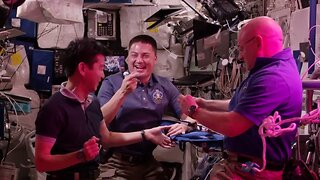 3:23
3:23
Find a way...
1 year agoSpace in 4K First Lettuce Grown and Eaten in Space
3 -
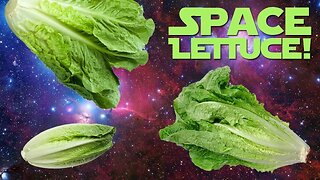 3:23
3:23
The Relaxation Zone
1 year agoFirst Lettuce Grown and Eaten in Space | NASA | Space in 4K |
247 -
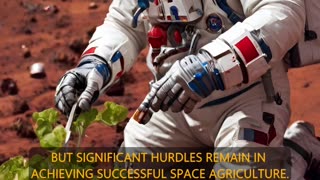 0:31
0:31
AmbientSanctuary
4 months agoSpace Salad Dilemma
9 -
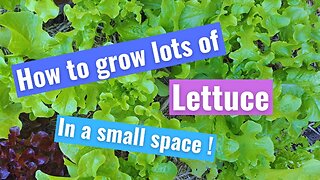 4:47
4:47
Sustainable Journey
1 year agoHow to grow lots of lettuce with limited space - Cut and Come Again harvesting
601 -
 18:19
18:19
RambleShrapnel
1 year agoShard 3: Space Food
1 -
 4:09
4:09
CITIZEN FREE PRESS
1 year agoWait, lettuce costs how much…
8 -
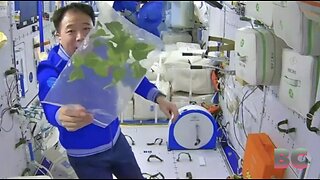 1:38
1:38
B.C. Begley
7 months agoChinese astronauts harvest tomatoes, lettuce in space
45 -
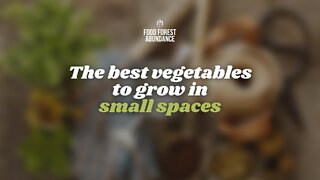 0:09
0:09
FoodForestAbundance
1 year agoThe best vegetables to grow in small spaces
13 -
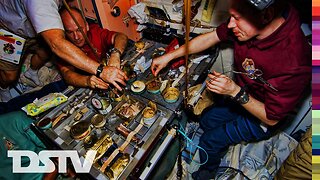 18:14
18:14
DeepSpaceTV
1 year agoEating in Space
14 -
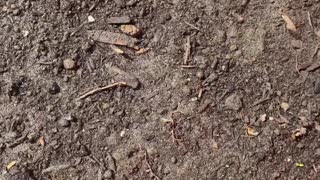 0:15
0:15
doksa0518
3 years agoFinally the first lettuce sprout came out!! 🌱
17